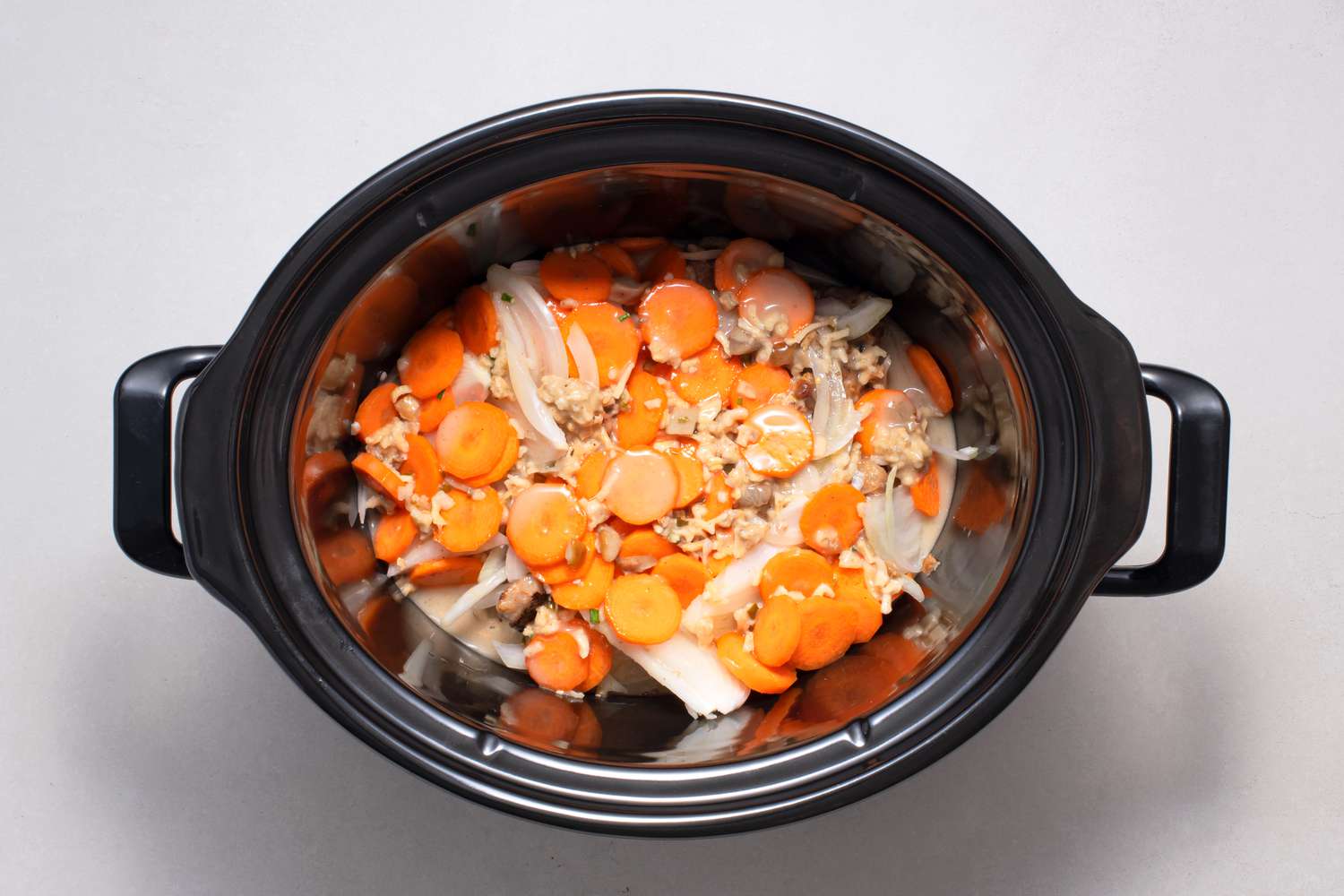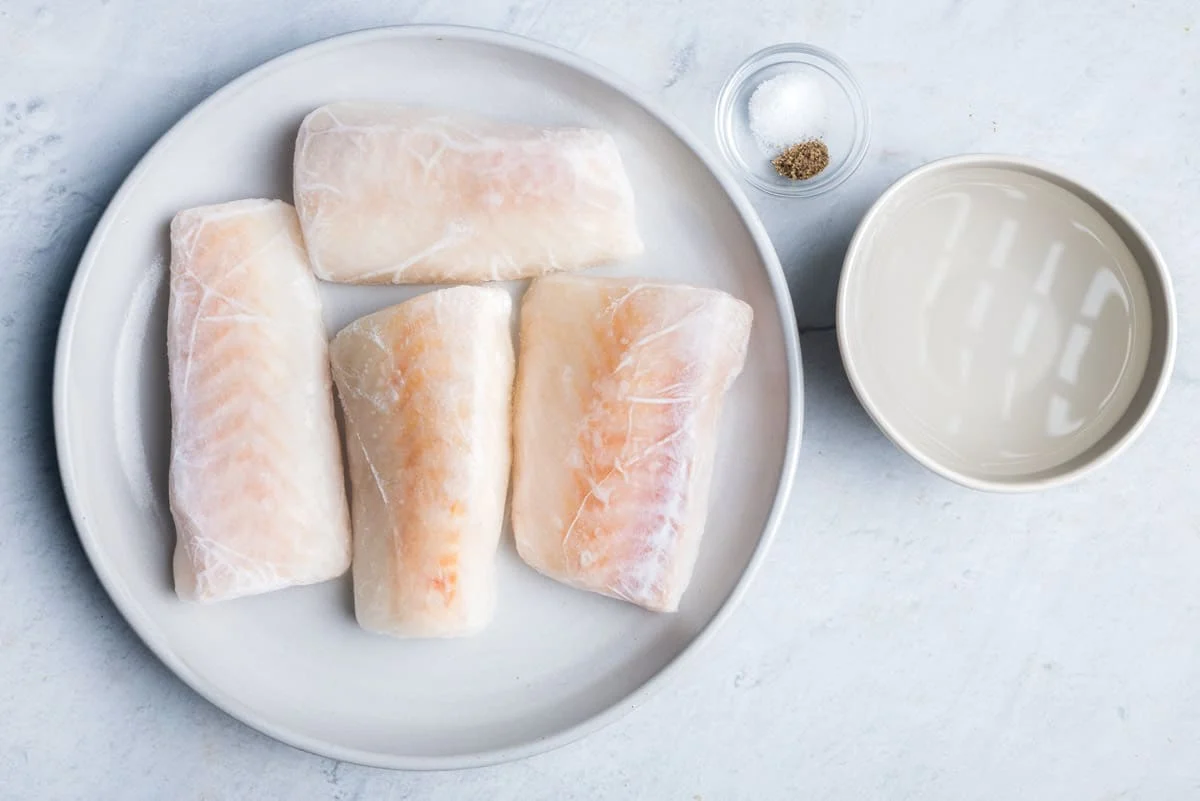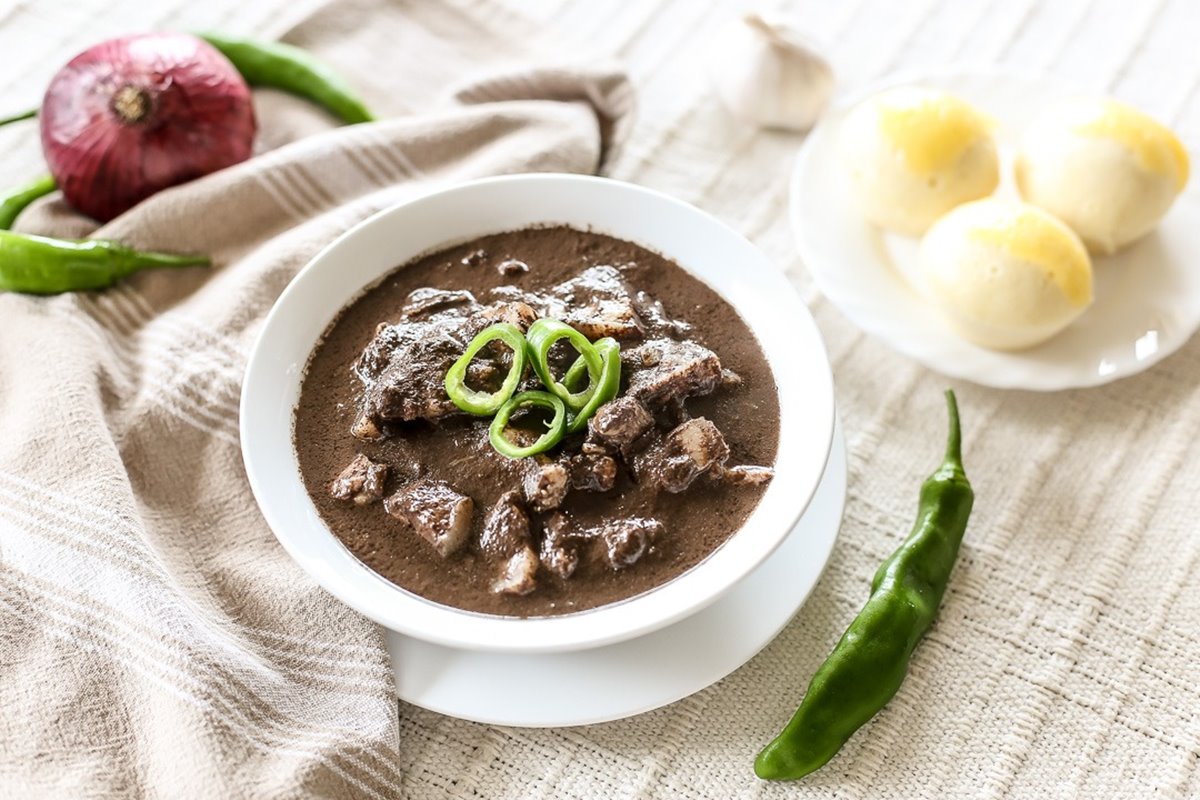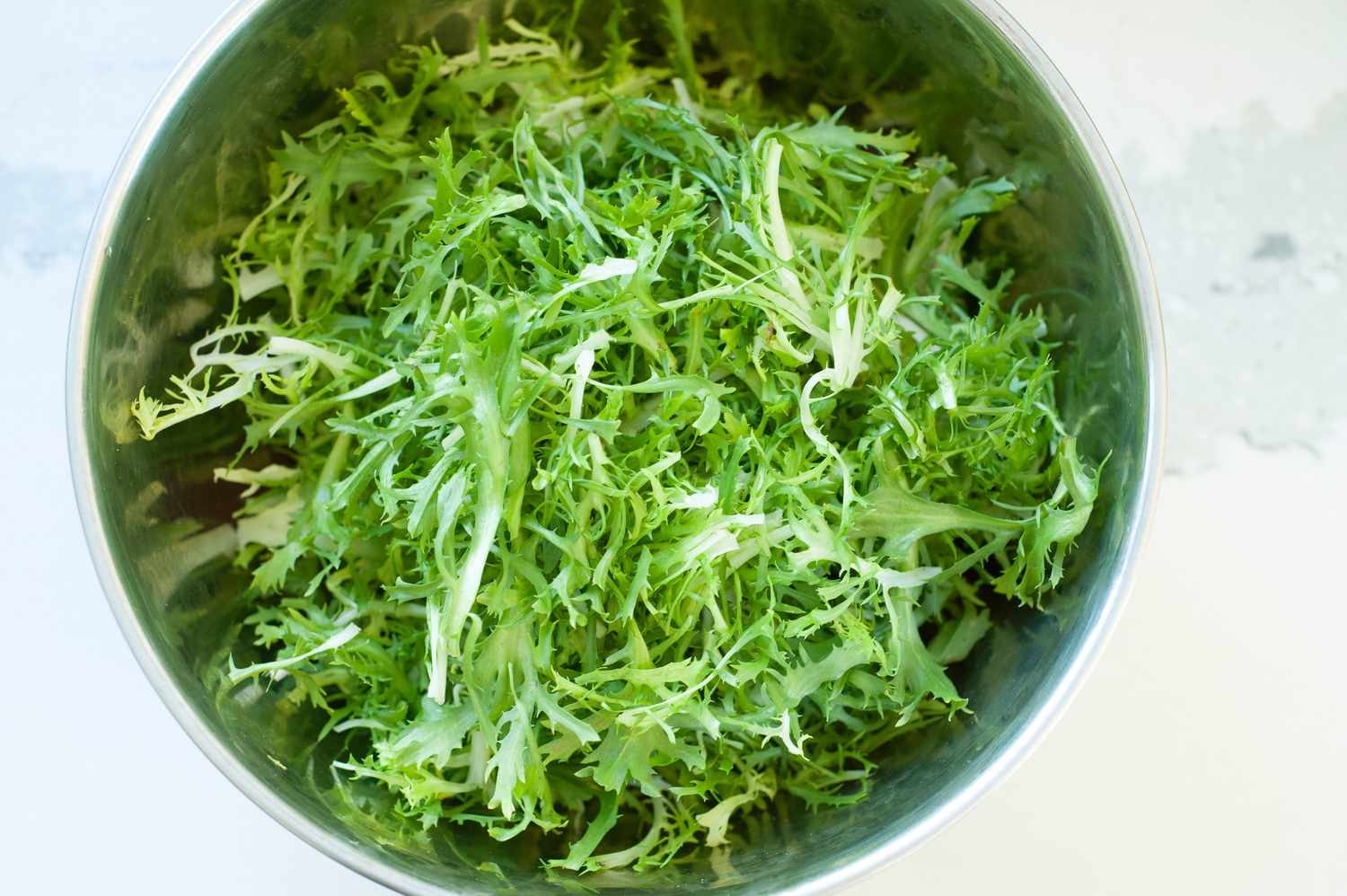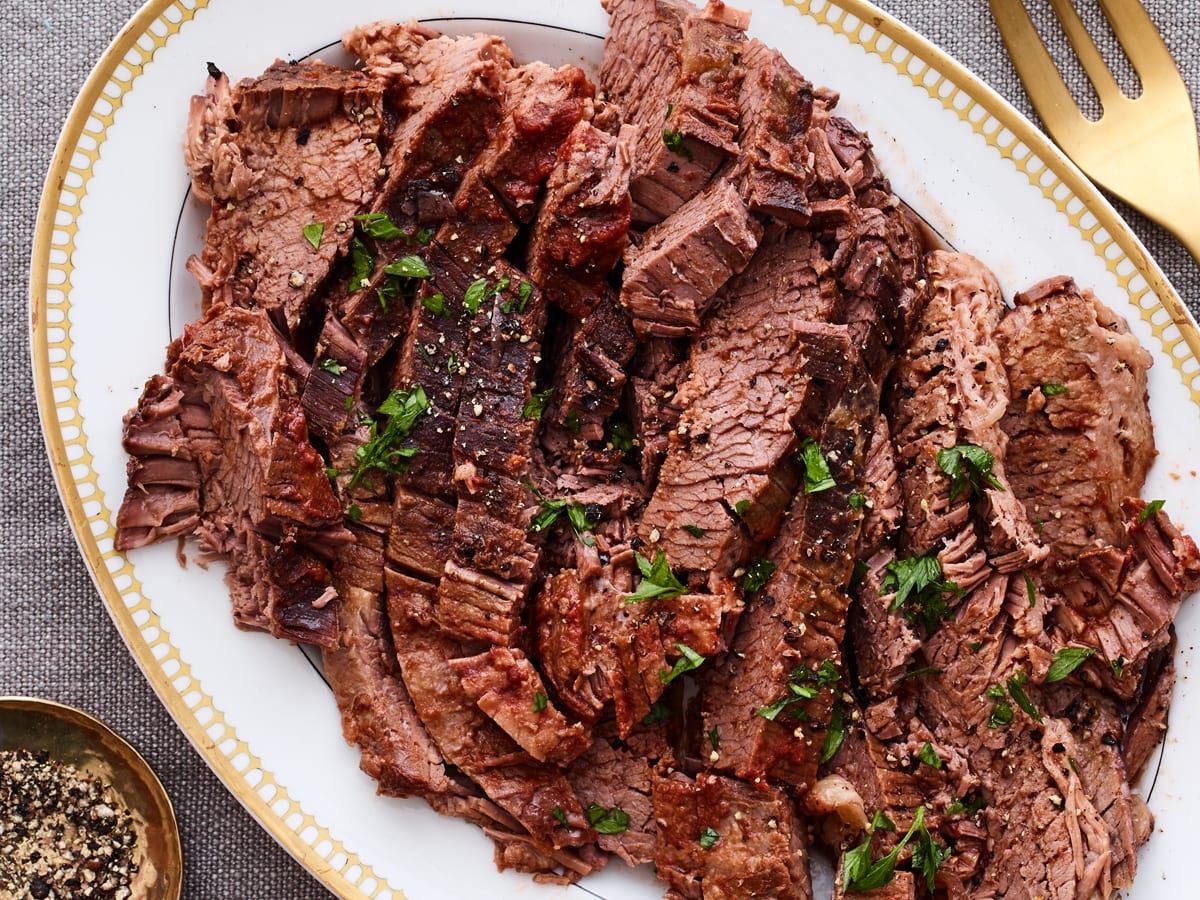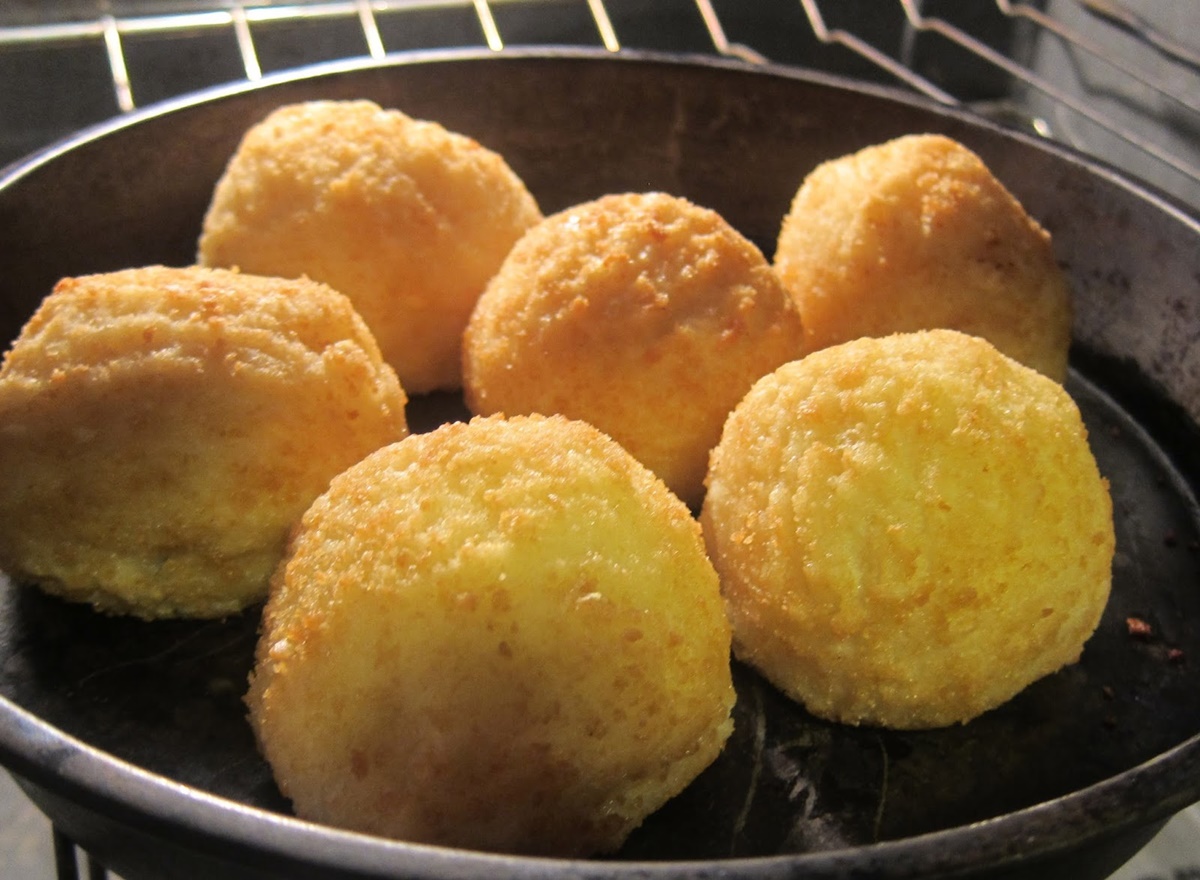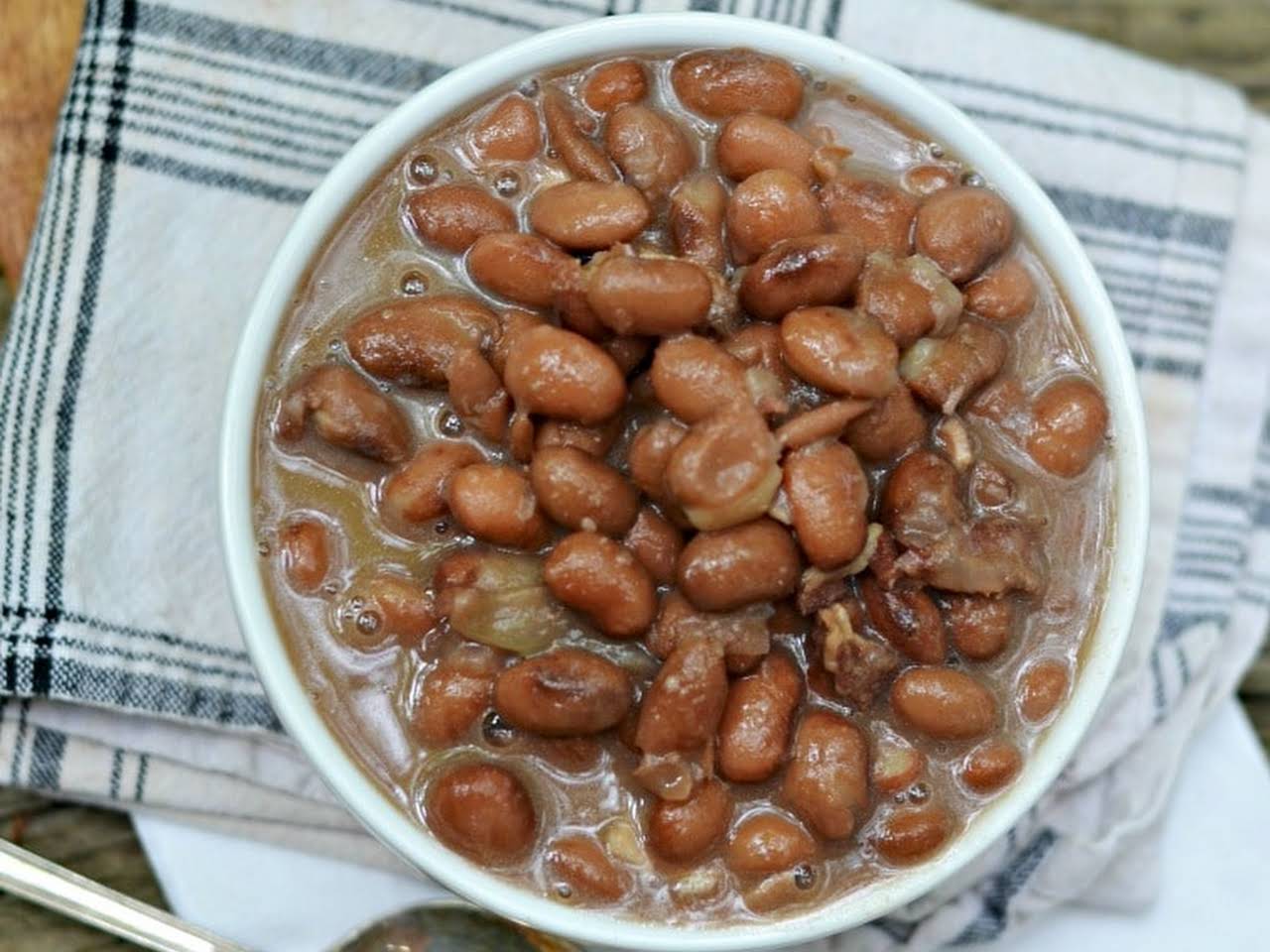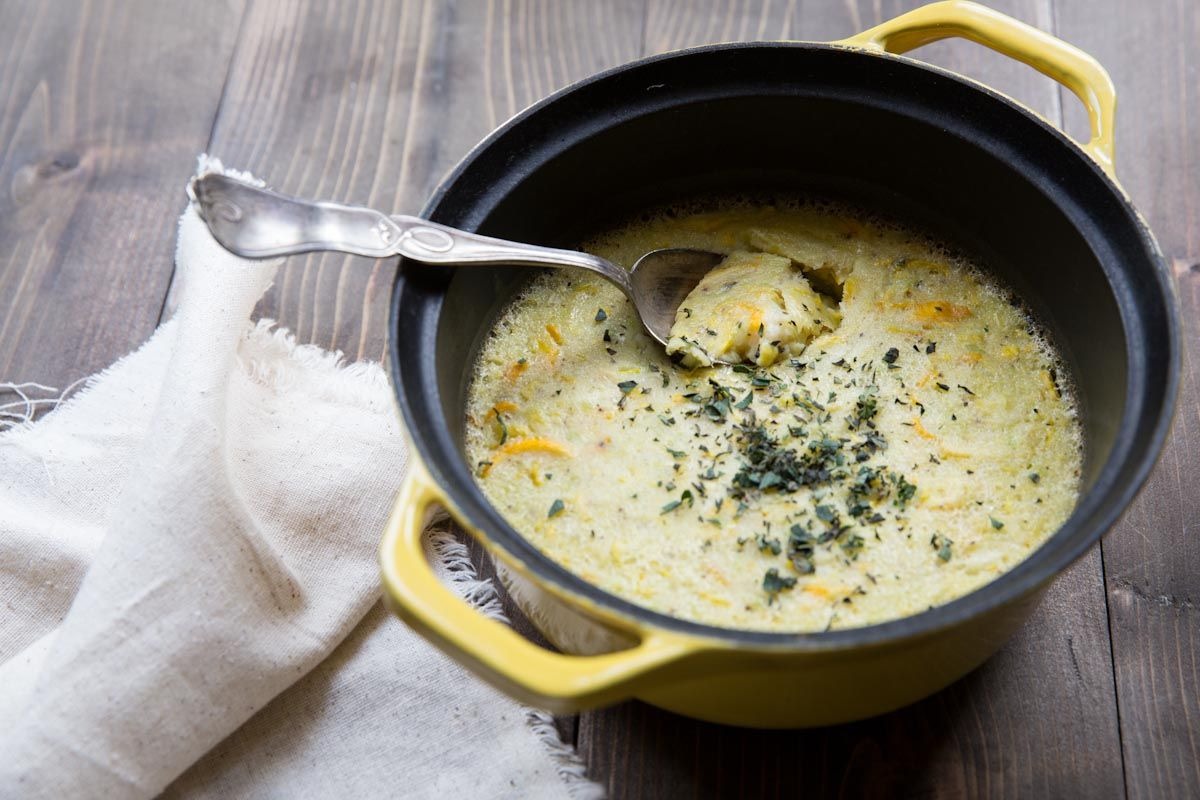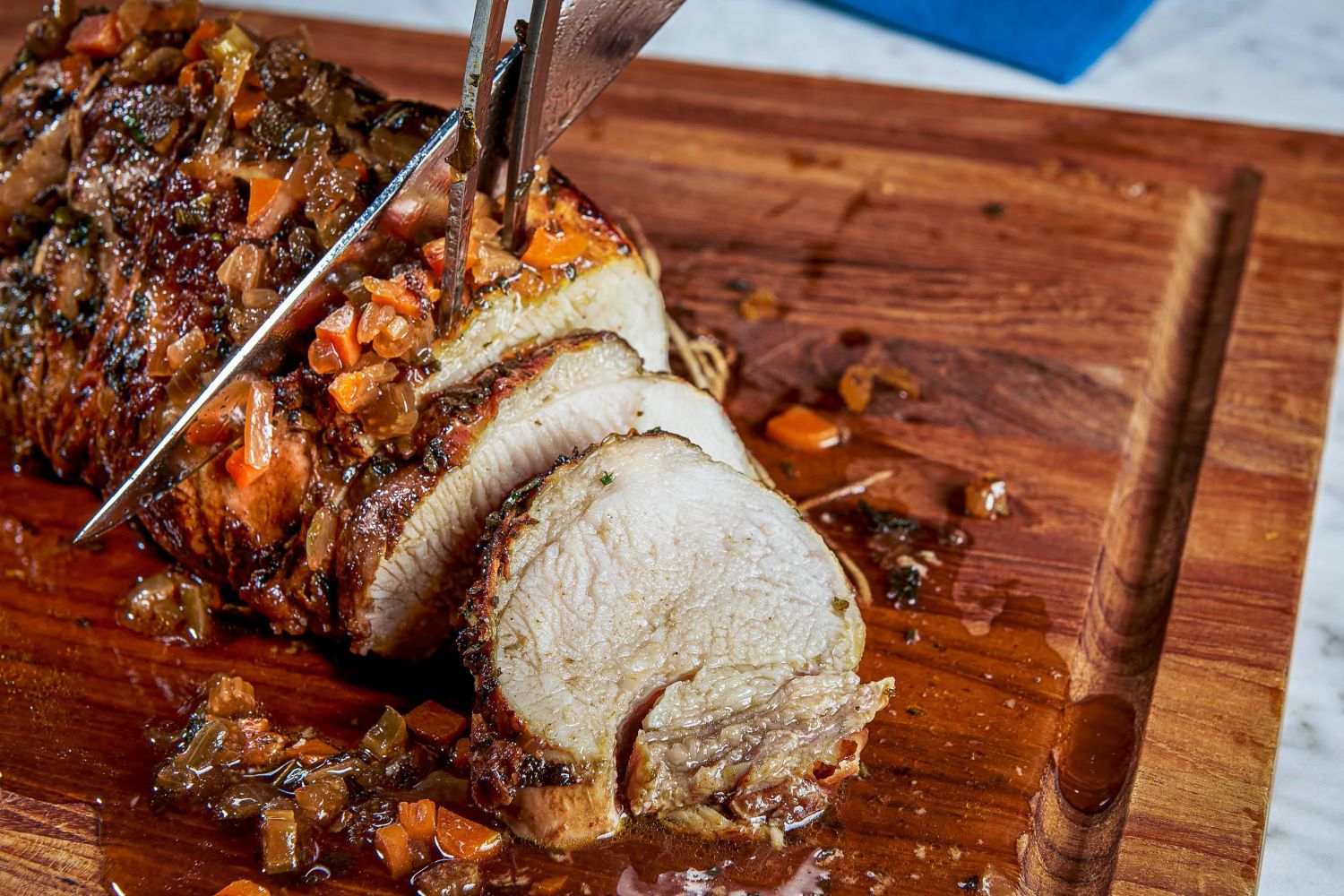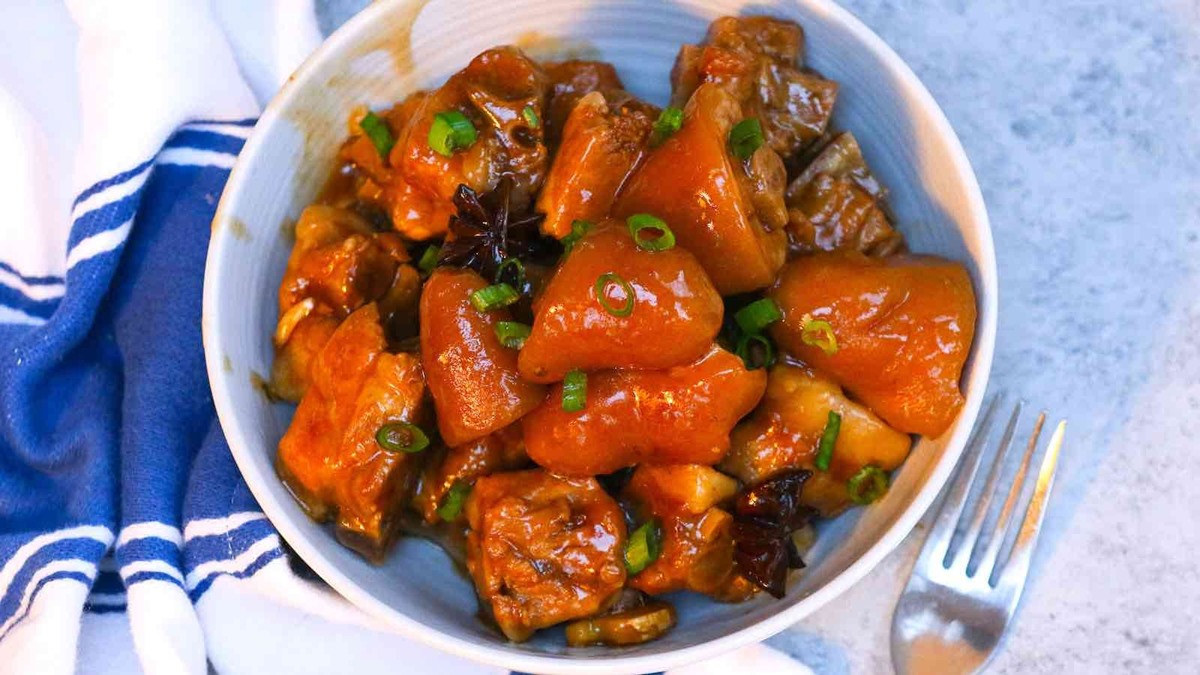Cook Up a Delicious Rabbit Stew Using Your Trusty Slow Cooker
Looking for a mouthwatering and hearty dish to satisfy your culinary cravings? Why not try cooking a rabbit stew in your reliable slow cooker? This classic comfort food is not only delicious but also surprisingly easy to make. Let’s dive into the steps to create a delectable rabbit stew that will have you coming back for seconds.
Gather Your Ingredients
Before starting your culinary adventure, make sure you have all the necessary ingredients at hand. Here’s what you’ll need:
- 1 whole rabbit, skinned and cut into pieces
- 2 tablespoons olive oil
- 1 onion, chopped
- 2 carrots, sliced
- 2 celery stalks, chopped
- 3 cloves of garlic, minced
- 1 cup mushrooms, sliced
- 4 cups chicken or vegetable broth
- 1 cup red wine
- 2 bay leaves
- 1 tablespoon fresh thyme leaves
- Salt and pepper to taste
Let’s Get Cooking
Now that you have everything ready, it’s time to fire up that slow cooker and start creating magic in the kitchen:
- Heat the olive oil in a skillet over medium heat. Brown the rabbit pieces on all sides to seal in the juices and give them a rich flavor. Remove the rabbit pieces and transfer them to the slow cooker.
- In the same skillet, sauté the onion, carrots, celery, garlic, and mushrooms until they begin to soften. Season with a pinch of salt and pepper.
- Transfer the sautéed vegetables to the slow cooker, covering the rabbit pieces.
- Pour the chicken or vegetable broth and red wine into the slow cooker. Add the bay leaves and thyme leaves, giving everything a gentle stir.
- Cover the slow cooker and set it to low heat. Let the stew simmer for 6-8 hours, allowing the flavors to meld together and the rabbit to become tender.
- Once the stew is cooked to perfection, skim off any excess fat that might have accumulated on the surface.
- Taste the stew and adjust the seasoning according to your preferences.
- Serve the rabbit stew hot, accompanied by fresh crusty bread or fluffy mashed potatoes.
Enjoy the Flavors of Your Rabbit Stew
As you take that first bite of your homemade rabbit stew, savor the rich and savory flavors that only slow-cooking can achieve. The tender rabbit meat, combined with the aromatic vegetables and fragrant herbs, will transport your taste buds to a realm of pure satisfaction. This comforting and nourishing dish is perfect for cozy nights with loved ones or even as a special treat just for yourself.
So, why not dust off your slow cooker and whip up a batch of rabbit stew? This recipe is sure to impress both family and friends, making you the star of any gathering or dinner party. Give it a try, and let your taste buds embark on a scrumptious adventure!
For those who have mastered the art of cooking rabbit stew in a slow cooker, it might be time to branch out and try some other delightful recipes. They could explore the hearty flavors of Classic Beef Stew, which offers a rich and comforting meal. Alternatively, Venison Stew provides a unique twist with game meat that’s equally delicious and tender when slow-cooked. If they’re in the mood for poultry, Slow Cooker Coq au Vin is a fantastic choice, combining chicken with wine and vegetables for a savory experience. For something a bit more exotic, Slow Cooker Osso Buco brings the taste of Italy to the table with its succulent braised veal shanks. Each of these recipes utilizes the slow cooker, making them perfect options to showcase their newfound slow-cooking skills.
Was this page helpful?
Read Next: How To Cook Raw Coconut

